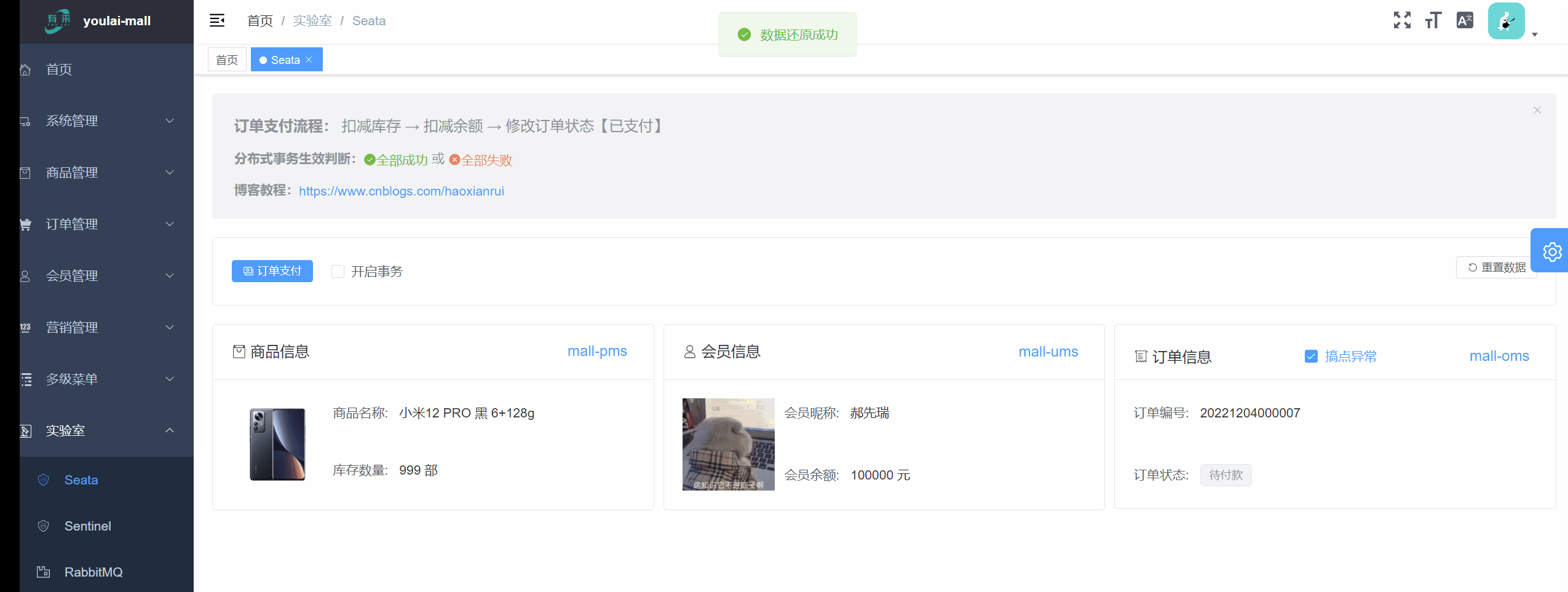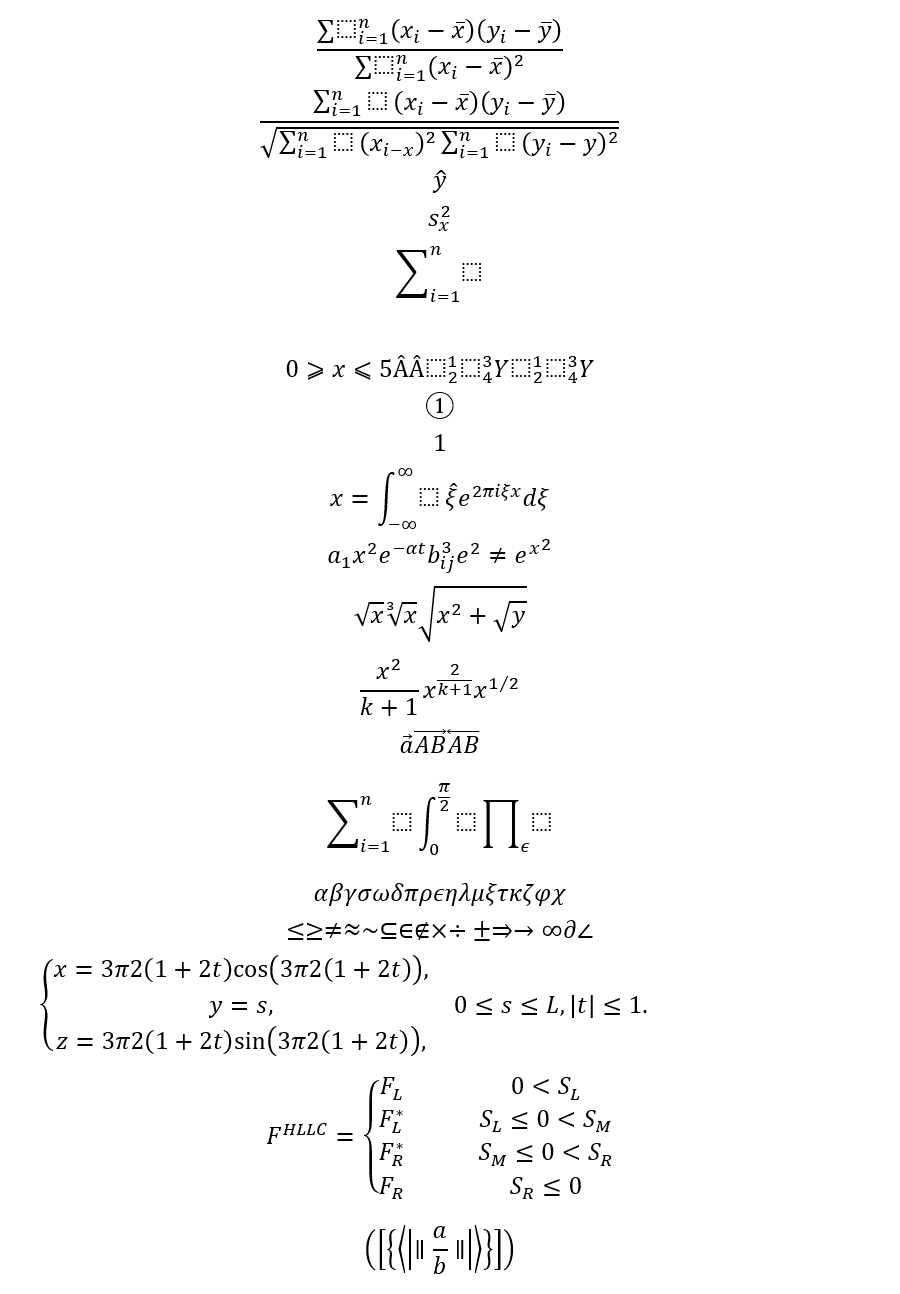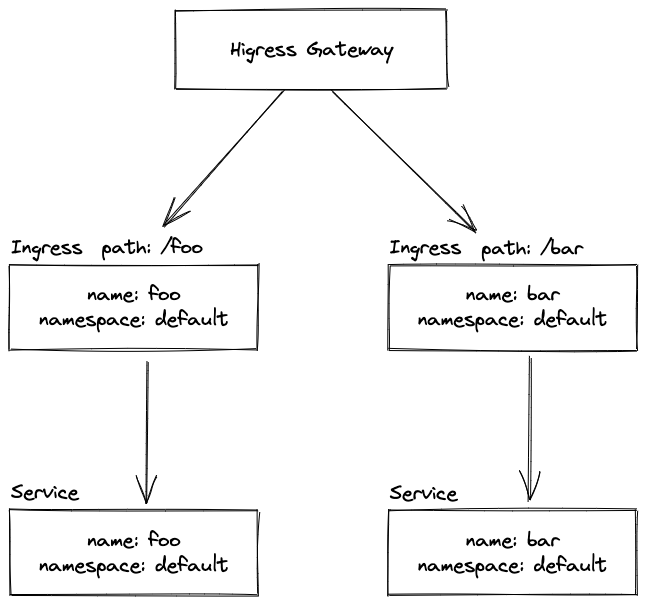Python如何实现单例?
什么是单例模式?
单例模式:一个类只能有一个实例化对象存在的模式。
如何实现单例?
1.使用模块
python中模块是天然的单例模式,当一个模块被调用时,会生成对应的.pyc文件,接下来的每次使用都会自动读取.pyc文件里的内容,因此,要使用模块实现单例,只需这样做:
# mysingleton.py
class Singleton:
def fuc(self):
pass
singleton = Singleton()
我们在使用时只需引用该模块的singleton对象就行了
2.使用装饰器
def singleton(cls):
_instance = {}
def _singleton(*args, **kwargs):
if cls not in _instance:
_instance[cls] = cls(*args, **kwargs)
return _instance[cls]
return _singleton
@singleton
class A:
a = 1 # 类属性
def __init__(self, x):
self.x = x # 类的实例化对象属性
a1 = A(1)
a2 = A(2)
3.使用类
class Singleton:
def __init__(self, *args, **kwargs):
pass
@classmethod
def instance(cls, *args, **kwargs):
if not hasattr(Singleton, "_instance"):
Singleton._instance = Singleton(*args, **kwargs)
return Singleton._instance
上述方式实现的单例模式,在单线程时是可行的,但是在多线程时就会出现问题,假设上述的__init__()方法中有一些耗时的io操作,这里我们用sleep模拟一下:
class Singleton:
def __init__(self, *args, **kwargs):
import time
time.sleep(10)
再用多线程执行创建实例化对象的操作:
import threading
def task(arg):
job = Singleton.instance()
print(job)
for i in range(10):
t = threading.Thread(task,args=[i,])
t.start()
执行结果如下
<__main__.Singleton object at 0x7ff873a9c2d0>
<__main__.Singleton object at 0x7ff873b23e10>
<__main__.Singleton object at 0x7ff873b30850>
<__main__.Singleton object at 0x7ff873b30350>
<__main__.Singleton object at 0x7ff873b30710>
<__main__.Singleton object at 0x7ff873b23f50>
<__main__.Singleton object at 0x7ff873b305d0>
<__main__.Singleton object at 0x7ff873b30490>
<__main__.Singleton object at 0x7ff873b30210>
<__main__.Singleton object at 0x7ff873b300d0>
从执行结果中我们可以发现:在多线程情况之下,通过上述方式创建的实例化对象,内存地址并不一样,这也就意味着我们并没有实现单例模式。那么,为什么这种单例模式的写法无法在多线程情况下奏效呢?
在搞清楚这个问题之前,我们需要先了解一点,即:任何数据实例化过程或者数据声明过程都是向系统申请内存空间,这些过程都是io,也即耗时操作。
再回到代码本身,在多线程情况下,当线程1运行完if not,但还没有执行实例化过程,此时如果CPU切换到线程2,线程2也执行到了if not,并完成了实例化过程,然后CPU再切换回了线程1,并继续执行了线程1的实例化过程,那么就是两个线程分别实例化了一次,也就不是单例了(这里还需要了解CPU的切换机制,在此处就不详细阐述了)
搞清楚上述方法无法满足多线程的原因之后,我们再来看如何去解决上述问题:
添加线程锁
import threading
class Singleton:
_instance_lock = threading.Lock()
def __init__(self, *args, **kwargs):
import time
time.sleep(5)
@classmethod
def instance(cls, *args, **kwargs):
if not hasattr(Singleton, "_instance"):
with Singleton._instance_lock:
if not hasattr(Singleton, "_instance"):
Singleton._instance = Singleton(*args, **kwargs)
return Singleton._instance
当我们添加了线程锁之后,就可以在多线程情况下实现单例了:
<__main__.Singleton object at 0x7f834719c310>
<__main__.Singleton object at 0x7f834719c310>
<__main__.Singleton object at 0x7f834719c310>
<__main__.Singleton object at 0x7f834719c310>
<__main__.Singleton object at 0x7f834719c310>
<__main__.Singleton object at 0x7f834719c310>
<__main__.Singleton object at 0x7f834719c310>
<__main__.Singleton object at 0x7f834719c310>
<__main__.Singleton object at 0x7f834719c310>
<__main__.Singleton object at 0x7f834719c310>
4.基于__new__方法实现(推荐)
实例化对象时,会先执行类的new方法(没有__new__方法时会默认执行object的__new__方法),然后再执行__init__方法初始化实例对象,那么我们可以通过定义__new__方法实现单例
import threading
class Singleton:
_instance_lock = threading.Lock()
def __init__(self, *args, **kwargs):
pass
def __new__(cls, *args, **kwargs):
if not hasattr(Singleton, "_instance"):
with _instance_lock:
if not hasattr(Singleton, "_instance"):
Singleton._instance = object.__new__(cls)
return Singleton._instance
def task(arg):
obj = Singleton()
print(obj)
for i in range(10):
t = threading.Thread(target=task, args=[i,])
t.start()
执行结果:
<__main__.Singleton object at 0x7f9f37a9c350>
<__main__.Singleton object at 0x7f9f37a9c350>
<__main__.Singleton object at 0x7f9f37a9c350>
<__main__.Singleton object at 0x7f9f37a9c350>
<__main__.Singleton object at 0x7f9f37a9c350>
<__main__.Singleton object at 0x7f9f37a9c350>
<__main__.Singleton object at 0x7f9f37a9c350>
<__main__.Singleton object at 0x7f9f37a9c350>
<__main__.Singleton object at 0x7f9f37a9c350>
<__main__.Singleton object at 0x7f9f37a9c350>
5.基于metaclass(元类)实现
"""
关于元类(type):这里元类的概念,我们可以理解为创建类的类。当我们创建一个类时,会执行type的__init__()方法,使用类名+()创建类的实例化对像时,会调用元类type的__call__()方法。
关于__call__():该方法的功能类似于在类中重载()运算符,使得类的实例化对象可以像调用普通函数那样,以对象名+()的形式调用,普通类的对象基于类,类基于元类,都是如此。
"""
__call__的使用:
class Foo:
def __call__(self, *args, **kwargs):
print("执行__call__。。。")
obj = Foo()
print("创建实例化对象obj")
obj()
输出结果为:
创建实例化对象obj
执行__call__。。。
利用元类的__call__方法,我们可以这样实现单例:
import threading
class SingletonType(type):
_instance_lock = threading.Lock()
def __call__(cls, *args, **kwargs):
if not hasattr(cls, "_instance"):
with SingletonType._instance_lock:
if not hasattr(cls, "_instance"):
cls._instance = super(SingletonType, cls).__call__(*args, **kwargs)
return cls._instance
class Foo(metaclass=SingletonType):
def __init__(self):
import time
time.sleep(5)
def task(arg):
obj = Foo()
print(obj)
for i in range(10):
t = threading.Thread(target=task, args=[i,])
t.start()
执行结果为:
<__main__.Foo object at 0x7ff725a9cf50>
<__main__.Foo object at 0x7ff725a9cf50>
<__main__.Foo object at 0x7ff725a9cf50>
<__main__.Foo object at 0x7ff725a9cf50>
<__main__.Foo object at 0x7ff725a9cf50>
<__main__.Foo object at 0x7ff725a9cf50>
<__main__.Foo object at 0x7ff725a9cf50>
<__main__.Foo object at 0x7ff725a9cf50>
<__main__.Foo object at 0x7ff725a9cf50>
<__main__.Foo object at 0x7ff725a9cf50>
























